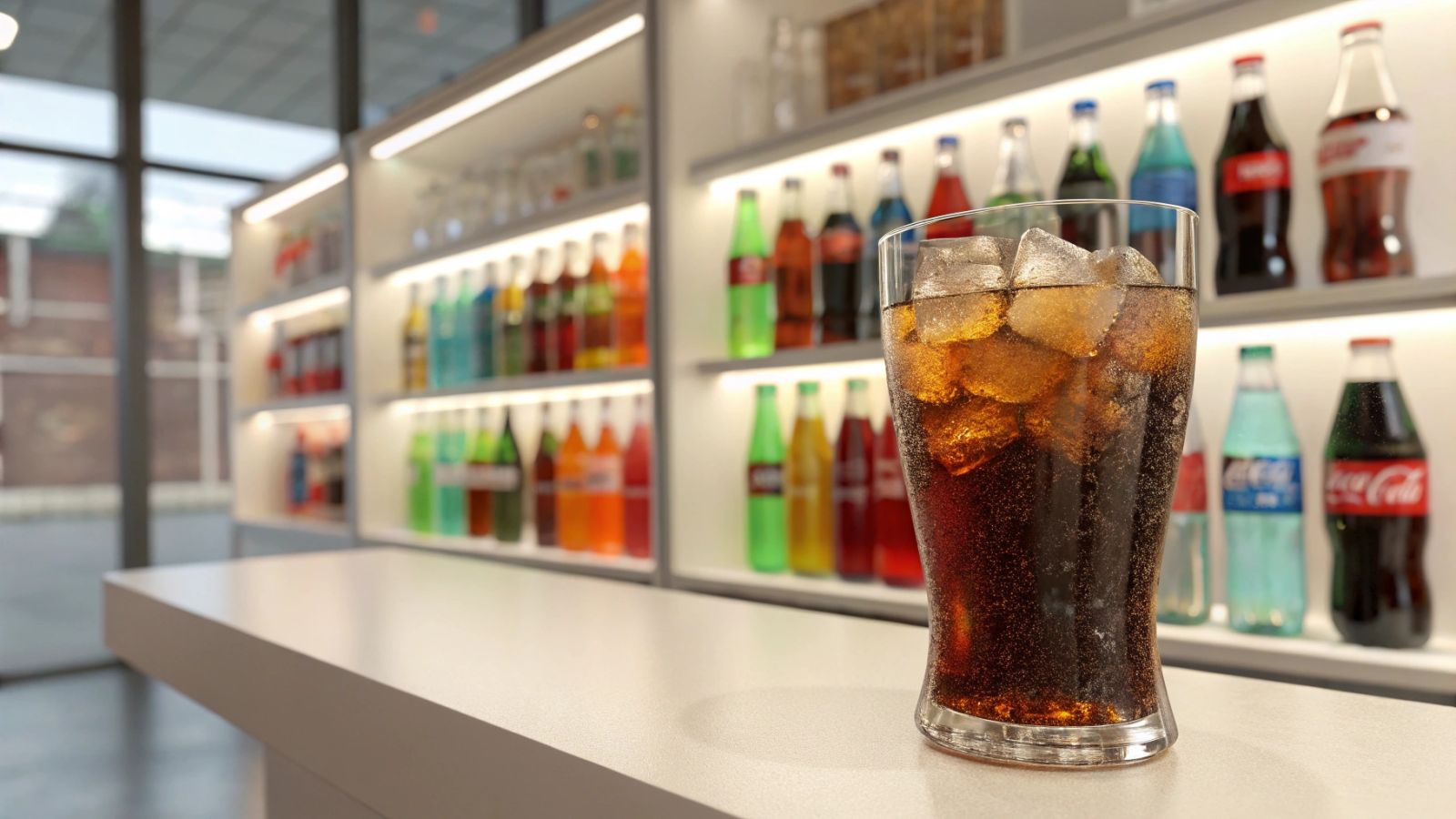🥤 Seriously ill, this patient was treated with... soda
Follow us on Google News (click on ☆)

Carbonated drinks can dissolve "bezoars," compact masses of undigested food in the stomach.
The patient's medical history revealed that she was taking semaglutide, an injectable medication from the GLP-1 receptor agonist class, prescribed for type 2 diabetes and weight management. Although she had lost about 40 pounds (18 kilograms) in a year, this weight loss had accelerated over the past month, coinciding with the worsening of her symptoms. Initial examinations, including an abdominal CT scan, showed dilation of the bile ducts and the presence of semi-solid material in the stomach, with no obvious intestinal obstruction.
To refine the diagnosis, the medical team performed a magnetic resonance cholangiopancreatography, a non-invasive imaging technique that visualizes the bile ducts, gallbladder, pancreas, and its ducts. This examination confirmed the dilation of the bile ducts and detected a mass in the stomach, initially interpreted as trapped air. An upper endoscopy, exploring from the esophagus to the small intestine, finally identified a gastric bezoar, a compact accumulation of partially digested food debris.
The treatment involved immediately stopping semaglutide, as this medication slows gastric emptying, promoting the formation of bezoars. To dissolve the mass, the doctors opted for a surprising but validated method: the administration of soda. Previous studies, notably published in the New England Journal of Medicine, recommend up to 3 liters of cola over 12 hours, but adapted to her diabetes, the patient received 1.5 liters of the light version. The next day, she felt a pulling sensation in her abdomen followed by complete relief from her nausea and pain.
Gastric bezoars are rare, accounting for less than 0.5% of upper endoscopies. The most common type, the phytobezoar, forms from indigestible plant fibers like cellulose, found in persimmons, pineapples, or celery. Various factors increase the risk, including gastric surgeries, nerve damage, or medications that delay stomach emptying. In this case, semaglutide was the main suspect, and stopping it was essential to resolving the problem.
Dissolution with soda, although surprising, is favored as a first-line treatment for its simplicity and low risk of complications compared to invasive interventions. After her discharge from the hospital, the patient resumed a normal diet without recurrence of symptoms, with a regained appetite and slight weight gain. She was maintained on daily treatment for acid reflux, avoiding any resumption of semaglutide, and her condition remained stable in the following months.